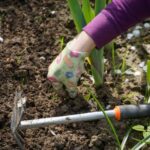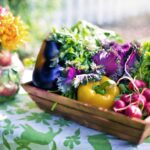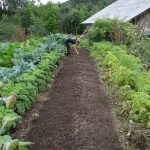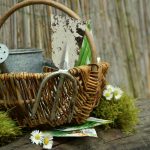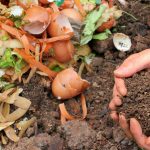Affiliate disclosure: As an Amazon Associate, we may earn commissions from qualifying purchases
You do not need to have experience working as a professional gardener in order to get started with gardening. In fact, each and every gardener started their journey exactly where you are now, and they all learned as they went along.
At first, the process may appear to be quite intimidating; however, if you take things one step at a time and don’t rush things, you will be on the right path to success.
You can create a beautiful garden even if you only have a small space available to you. Throughout this article, we will walk you through the steps of deciding what kind of garden you want to create, as well as where to start and what kinds of tools you will need to get started.
Contents
Where do I start as a beginner gardener?
In my opinion, the best way to get started with beginner gardening is to get a piece of paper and a pencil and make a plan for what you want to grow.
Create a rough sketch of your garden and the items that you want to include in it. When you have an idea of the space you have available to you, you will have a better understanding of where to start.
Planting can be done in the ground, in pots, or in raised beds. But don’t forget, you can also plant in hanging baskets and window boxes if you have limited space.
One of the things we bought for our garden was space-saving fence flower pots. They sit over the top of the fence, giving you a little more space for planting.

What should I plant in my garden?
The first thing you need to decide is what you want to plant in your garden. Do you want to grow fruits and vegetables or only want to grow plants and flowers? At the beginning of your gardening journey, you should try to choose hardy plants that require little attention and can thrive in a wide range of temperatures and humidity levels.
You can get started with something simple like French lavender or easy-to-grow herbs like oregano, lemon balm, and mint. You can also plant some easy-to-grow vegetables like lettuce, radish, kale, tomatoes, zucchini, and peppers.
All of the above can be grown from seed, but if you don’t feel comfortable growing from seed right away, you can usually purchase starter plants from the local garden centre.
Whatever you choose, you will need to schedule time for watering your plants on a daily basis, especially during warmer weather.
The ideal time for watering is first thing in the morning, but if you don’t have time to do this, then later on in the evening is fine. At these times, the temperature and humidity are typically at their lowest.
If you don’t have sufficient time for watering, you can purchase water sprinklers, which can be put on a timer. Whichever you choose, you should try to water the plants at the root rather than watering the plant directly.

How do we identify and use the right tools and equipment for gardening?
This is quite simple. There are pretty much only two primary types of gardening tools:
Hand tools: spades, hoes, rakes, pruning shears, loppers, and trowels
Heavy duty garden equipment: trimmers, leaf blowers, lawn mowers, saws, shredders, and hedge trimmers
All of these tools and equipment will be useful at some point for clearing the garden and preparing the area ready for planting. However, you may not need to purchase all of them.
Here is our list of 10 essential tools for beginner gardeners
- Fork
- Spade
- Trowel
- Rake
- Hoe
- Loppers
- Pruning Shears
- Wheelbarrow
- Watering Can
- hose with an adjustable nozzle
You can also purchase a basic starter kit that includes some lightweight tools that can be used for tasks such as weeding, transplanting, cultivating, and rowing plants, but it isn’t necessary as you can do all of those things with the tools on our list.
It is also a good idea to purchase a few different pairs of gloves designed specifically for gardening. These will stop your hands and nails from getting dirty, but they will also protect your hands from blisters and being hurt by nettles and brambles.

What should everybody know about gardening?
If you are planting fruits and vegetables, then you should space out your plantings at different times. You will want to ensure that your fruits and vegetables mature at a variety of stages, so that you have a steady supply available throughout the entire growing season. If you plant them all at the same time, you will only get one crop during that season.
When it comes to your garden, you should steer clear of using any chemical fertilisers, weed killers, or insecticides. The primary reason for this is that the chemicals used to kill pests also kill other insects that are important to the ecosystem, such as bees and butterflies.
If you want to get rid of pests, then you should learn everything there is to know about companion planting and how to attract insects that will feed on the pests in your garden.
Another beneficial reason for going chemical-free is that the taste of your fruits and vegetables will be noticeably better compared to that of shop-bought produce that has been treated with chemicals.
If you want to have flowers in your garden throughout the year, in addition to planting annual plants and flowers, you should also plant perennials.
Annuals, as their name implies, die at the end of the growing season, but they come back the following year. However, if you do not have anything to replace them with, your garden will look bare and unloved until the following growing season.
Anyone can learn how to grow their own fruits, vegetables, and flowers in a garden. It’s a fun activity for the whole family to do together. Learning how to garden is a valuable life skill that will help young kids learn the value of food.
While learning how to garden they will also learn about the ecosystem, why it is important and what they can do to help keep it healthy.
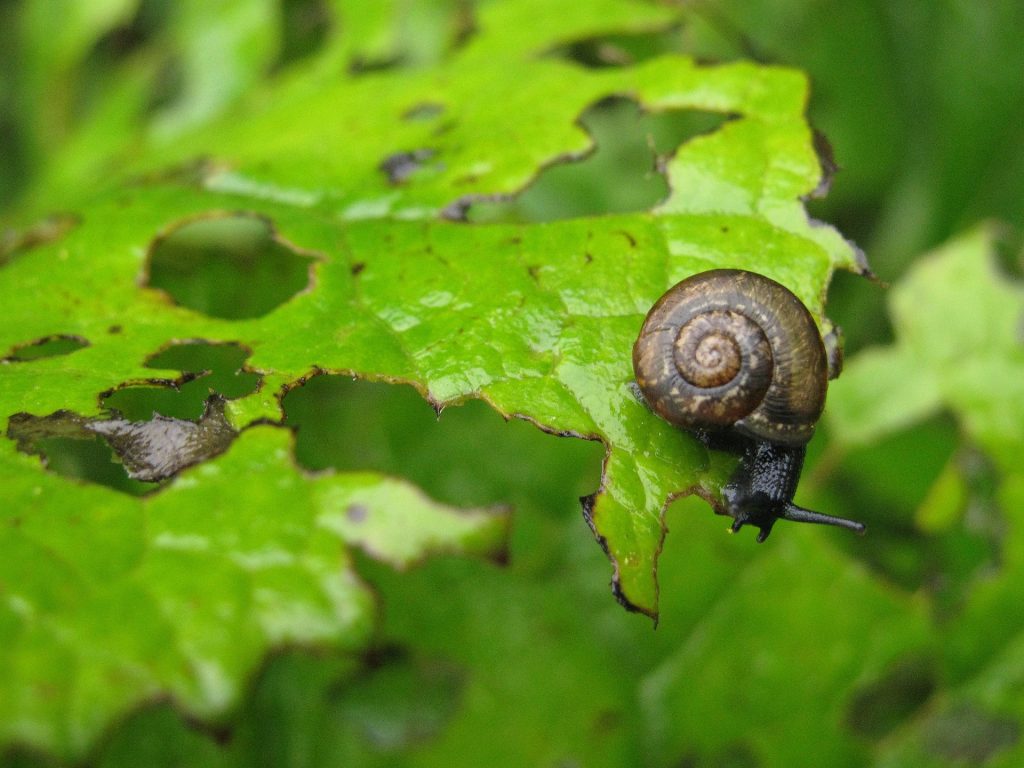
What’s the hardest part about gardening?
Preparation work in my opinion is the hardest part of gardening, and this is especially true when dealing with an overgrown garden that has not been maintained for some time. Once you’ve planned out the layout of the garden and the way you want it, maintaining it won’t be too difficult.
Pest control and weed control are two other areas you must stay on top of. Once you have them under control, it shouldn’t be too difficult, and it should be enjoyable.

Why do people enjoy gardening?
Gardening is a great way to get outside, relieve stress, and become more physically active, but what you might not know is that it can also help ease the symptoms of depression. This is because gardening helps you create a positive environment in which you can thrive.
The University of Exeter and the Royal Horticultural Society carried out one of the most extensive studies that have ever been carried out in order to specifically compare the behaviours of people who have access to a garden with those of people who do not have access to a garden.
The study found that people who spend time in gardens (either to garden or just to relax) are much more likely to say they are in good health, have a higher level of psychological well-being, and do more physical activity than people who don’t spend time in gardens.


